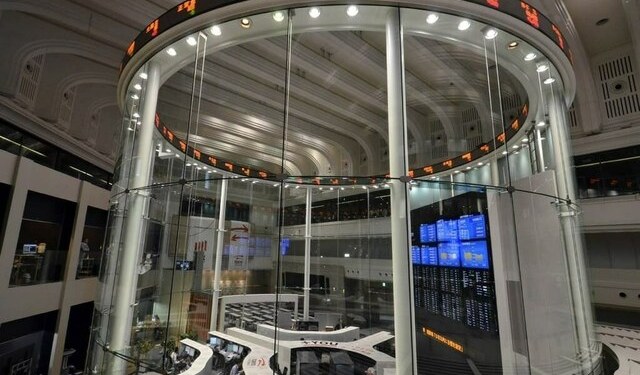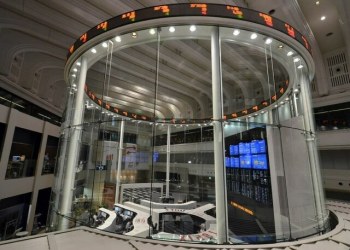US employers cut back hiring in April in the wake of the economy’s sharp downturn, raising worries of a protracted slowdown in the world’s largest economy.
Net (LSE: 0LN0.L – news) new jobs fell unexpectedly to the lowest level in seven months, with just 160,000 additional jobs generated, more than 40,000 less than economists predicted, the Labor Department reported Friday.
That was still a strong enough pace to continue absorbing new entrants to the jobs market and bringing down the unemployment rate, which held steady at 5.0 percent, one of the lowest levels among leading economies.
But coming in well below the six-month average of 242,000 jobs, the figure added to concerns that the fall in the annual pace of overall economic growth to just 0.5 percent during the January-March period could persist through the current quarter.
Analysts said there were enough signs of strength in the fresh data to chalk April hiring off as part of a temporary lull in the economy, including a slight pickup in wage growth and still-strong hiring in key services sectors.
But they said the April numbers also create room for the Federal Reserve, which has been waiting for more signs of strength to tighten monetary policy, to hold off from raising interest rates in June.
“This is certainly not the unequivocally strong report that the Federal Reserve would have liked to see. But at the same time, the details suggest that the labor market has not lost any underlying momentum,” said Harm Bandholz, chief US economist at UniCredit Economics.
The data suggested that gains from the prior two months, especially indications that the jobs market was absorbing a large number of long-time dropouts, were possibly overstated.
The number of people not in the labor force surged by 562,000 last month, and the labor force participation rate fell by 0.2 percentage point to 62.8 percent, giving up recent gains.
Hiring in April was virtually flat in the important construction sector, which had added 41,000 new jobs in March. The mining sector, including coal, oil and natural gas, continued to bleed jobs.
The retail trade, a strong contributor to growth in the past year, also shed about 3,000 jobs — possibly the consequence of slowing consumer spending that has surprised and worried analysts.
But hiring remained strong in health care and hospitality sectors, and in professional services.
And hourly wage growth picked up pace month-on-month, though it remained just barely higher at 2.5 percent year-on-year.
University of Michigan economist Betsey Stevenson argued however that the April employment data was still as strong as it needs to be.
“We need job growth of roughly 80,000 a month to hold steady, this month was double that. This is pretty rapid growth for 5 percent unemployment,” she said via Twitter (Xetra: A1W6XZ – news) .




























